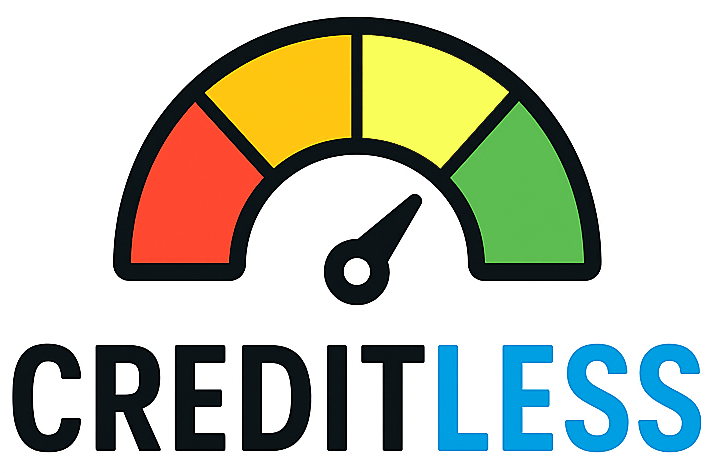Why your three credit reports aren’t identical — and why that’s usually normal
It’s common to see small (and sometimes large) differences among the credit reports kept by Equifax, Experian and TransUnion. The three nationwide consumer reporting companies collect and process similar kinds of account and public-record information, but they don’t receive, record, or score that information in the exact same way. Small point gaps are normal; big discrepancies (missing accounts, unexpected delinquencies, or identity-mismatch items) should be investigated immediately.
Checking all three reports gives you the clearest view of your credit file and helps spot errors, identity theft, and reporting gaps. The bureaus and consumer regulators explain the main reasons for differences and what to do next.
Key reasons reports and scores differ
- Not every lender reports to every bureau. Credit issuers aren’t legally required to send data to all three bureaus — some furnishers report to one or two, others report monthly or on different schedules. That means an account (or a late payment) might appear on one bureau’s file before it shows up on the others.
- Timing and update schedules vary. Even when a creditor reports to all three, they may transmit data on different dates. A balance updated at Equifax this week might not reach TransUnion until the next cycle — and scores can shift as soon as new data is processed.
- Different scoring models and versions. Lenders and monitoring services use many score models (FICO, VantageScore and dozens of variations). A FICO version used for mortgage underwriting may differ from the FICO or VantageScore a consumer sees online, and that can produce different point totals across bureaus.
- Data-handling and matching differences. Bureaus use proprietary matching rules for names, addresses, and Social Security numbers. Slight differences in your personal data (nicknames, old addresses, or a missing digit) can split activity into multiple files or merge someone else’s data into yours.
- Special or alternative data may appear on only one report. Some services or third-party reporters (for example rent- and utility-reporting services or Experian Boost-style tools) feed positive accounts to only certain bureaus. That can raise one bureau’s score while leaving the others unchanged.
- Errors, identity problems, or public-record delays. Incorrect account status, duplicate accounts, or delayed public-record updates (like bankruptcy or tax liens) can create material differences and often require formal disputes to correct.
What recent industry changes mean for consumers
Industry dynamics can also shift how scoring and reporting are delivered. For example, in 2025 FICO moved to offer some mortgage score licensing directly to buyers, a change that could alter how bureaus package score products and how lenders source scores. That kind of market change can affect pricing and the channels lenders use, and — over time — may change which bureau scores lenders rely on for certain loans. While this doesn’t change the underlying consumer data, it can alter how scores are distributed or which bureau’s score a lender requests. If you’re watching score availability and product offerings, stay tuned to regulator and vendor announcements.
What to do: practical steps to compare, correct and protect
- Get all three reports and compare them line-by-line. Use AnnualCreditReport.com to request your free reports from Equifax, Experian and TransUnion. You’re entitled to free access — and the CFPB and FTC recommend using the authorized site to avoid scams. Order them all at once or stagger them through the year to monitor changes.
- Look for missing accounts, mismatched personal data, and duplicate listings. Pay special attention to: account numbers, reported balances, payment history, public records, and hard inquiries. Minor point differences are expected; missing accounts or a late payment you know you didn’t miss are red flags.
- Dispute factual errors quickly — with the bureau and the furnisher. File disputes with the bureau that shows the error and contact the company that reported the item (creditor or collection agency). The CFPB requires bureaus to investigate complaints and provides consumer tools and complaint filing options if responses are delayed. Keep records (screenshots, account statements, dispute confirmations).
- Consider freezes or fraud alerts if you suspect identity theft. A security freeze restricts new-credit access to your file at each bureau; an initial or extended fraud alert can also help when fraud is likely. Each bureau provides online procedures for freezes and alerts; the FTC and CFPB explain consumer rights and steps.
- Understand score differences in context. If a lender uses a particular bureau or score version, that is the number that matters for that application. When shopping for major credit (mortgage, auto loan), ask which bureau and score model the lender will use so you can pull the same version for comparison.
When to escalate: If a bureau fails to correct an obvious error, if you find evidence of identity theft, or if responses violate the timeframes required under consumer protections, you can file complaints with the CFPB or FTC or consult a consumer attorney.
